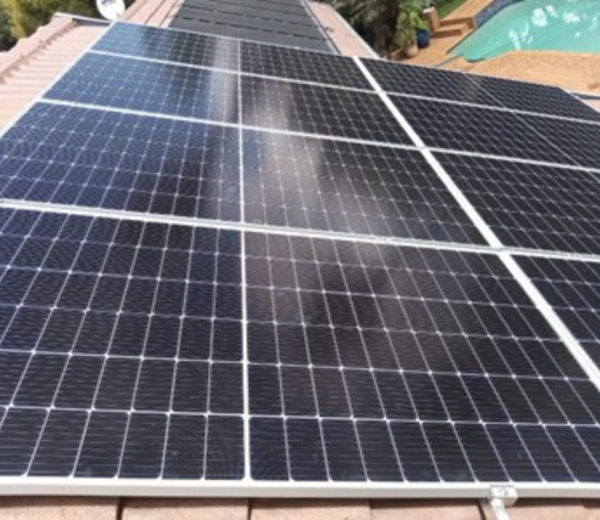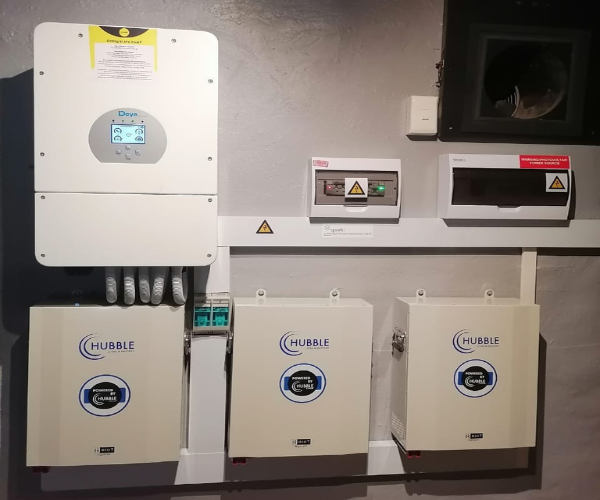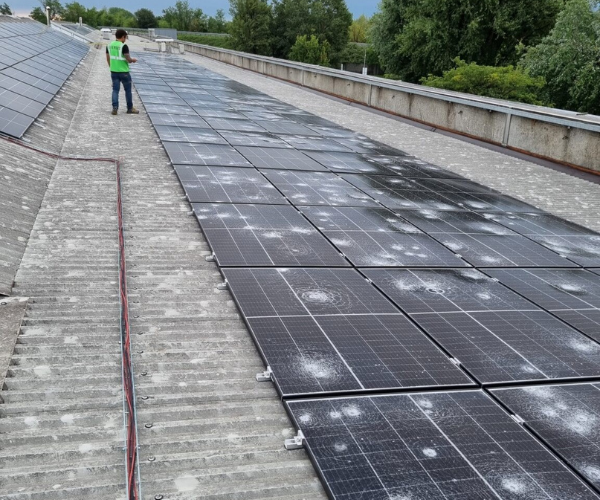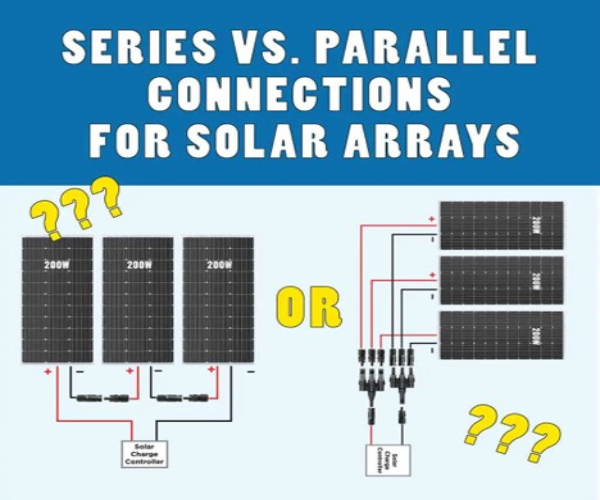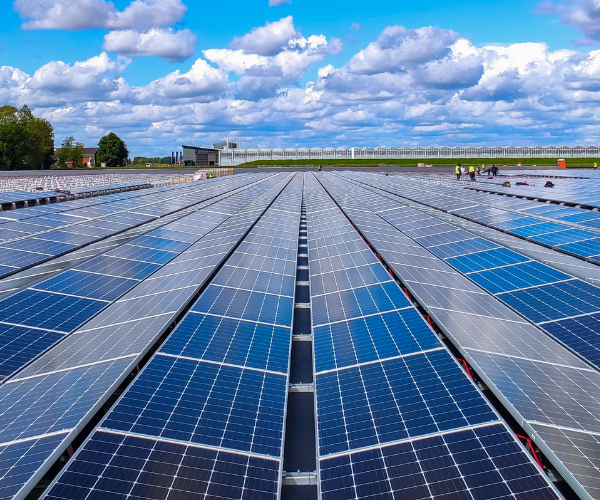Solar energy has gained a significant share of the energy market in the last decades. This is due in large to the reduction in the component cost, escalating energy costs, easy and simple installation and similarly to wind solar, has zero-cost at source. Solar has both disadvantages and advantages, some of which are as follows:
- Easy and quick installation.
- Reasonably cost effective.
- Dependence on solar emissions.
- Large surface area required for panels.
- Lifespan of components.
- Poor installation practices.
Solar Energy can be divided into two specific areas:
Energy for the heating of water
Energy for the generation of electricity
The use of zero cost energy sources such as solar and wind in view of dwindling fossil fuels is increasing the requirement for alternate energy sources.



